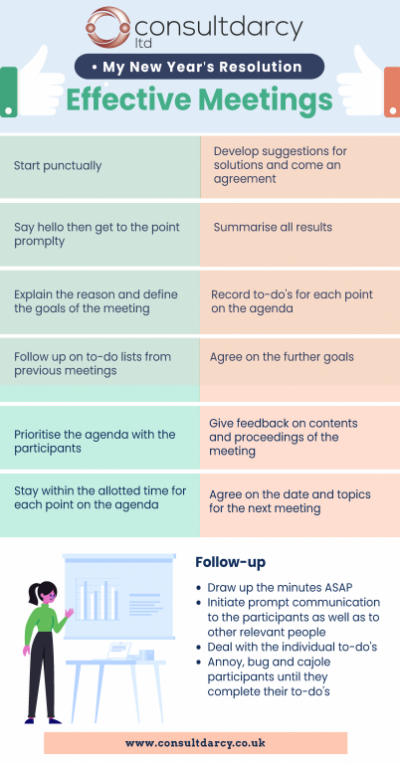New Year’s resolution

This year my personal New Year’s resolution is not to buy any new clothes, with the exception of pants, and to make do with what I have or find it in a charity shop. I've made this decision as one of the biggest contributors to global warming is the manufacturing and transportation of clothing.
According to figures from the United Nations Environment Programme (UNEP), it takes 3,781 liters of water to make a pair of jeans, from the production of the cotton to the delivery of the final product to the shop. That equates to the emission of around 33.4 kilograms of carbon equivalent.
If that is for just one pair of jeans, imagine the environmental cost for everything in our wardrobes. The following statistics, published by the UNEP and the Ellen MacArthur Foundation, give us an idea:
- Every year the fashion industry uses 93 billion cubic meters of water — enough to meet the consumption needs of five million people.
- Around 20 % of wastewater worldwide comes from fabric dyeing and treatment.
- Of the total fibre input used for clothing, 87 % is incinerated or disposed of in a landfill.
- The fashion industry is responsible for 10 % of annual global carbon emissions, more than all international flights and maritime shipping combined. At this pace, the fashion industry’s greenhouse gas emissions will surge more than 50 % by 2030.
- If demographic and lifestyle patterns continue as they are now, global consumption of apparel will rise from 62 million metric tons in 2019 to 102 million tons in 10 years.
- Every year a half a million tons of plastic microfibers are dumped into the ocean, the equivalent of 50 billion plastic bottles. The danger? Microfibers cannot be extracted from the water and can spread throughout the food chain.
From a work perspective, I have sometimes become wasteful of time. As we normalise working remotely we have adapted to Zoom etiquette and sat still from one meeting to the next. Not ignoring the damage this might be doing to our health both physically and mentally have we become more efficient in those meetings? I suspect not so my New Year's resolution for work is to have more effective meetings. I have created, with the help of Meetings for Dummies this infographic.

